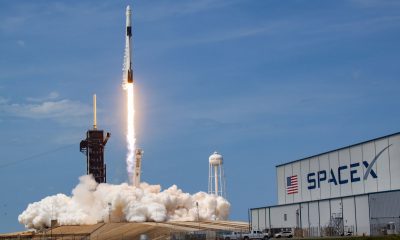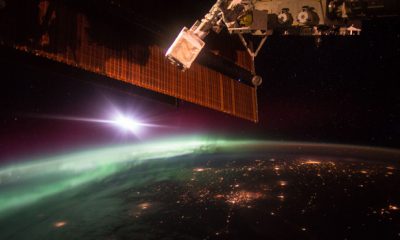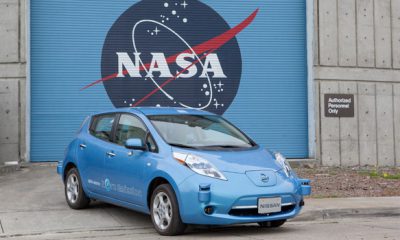Space
NASA Looking For People To Live In Its Mars Simulator For A Year
If you’ve ever dreamed of becoming an astronaut and traveling to another planet, have we got the job for you! NASA is seeking four people to participate in its next simulated one-year Mars surface mission to help inform the agency’s plans for human exploration of the Red Planet.
Scheduled to kick off in spring 2025, the Crew Health and Performance Exploration Analog (CHAPEA) mission involves a four-person volunteer crew living and working inside a 1,700-square-foot, 3D-printed habitat based at NASA’s Johnson Space Center in Houston. The habitat, called the Mars Dune Alpha, simulates the challenges of a mission on Mars, including resource limitations, equipment failures, communication delays, and other environmental stressors. Crew tasks include simulated spacewalks, robotic operations, habitat maintenance, exercise, and crop growth.
NASA is looking for healthy, motivated U.S. citizens or permanent residents who are non-smokers, 30-55 years old, and proficient in English for effective communication between crewmates and mission control. Applicants should have a strong desire for unique, rewarding adventures and interest in helping to prepare for the first human journey to Mars.
The deadline for applicants is Tuesday, April 2, and you can apply here if you’re interested.
Naturally, crew selection will follow additional standard NASA criteria for astronaut candidate applicants. A master’s degree in a STEM field such as engineering, mathematics, or biological, physical or computer science from an accredited institution with at least two years of professional STEM experience or a minimum of one thousand hours piloting an aircraft is required.
Candidates who have completed two years of work toward a doctoral program in science, tech, engineering, and mathematics, completed a medical degree, or a test pilot program will also be considered. With four years of professional experience, applicants who have completed military officer training or a Bachelor of Science degree in a STEM field may be considered.
Participants will be compensated, though NASA hasn’t provided exact numbers, only stating that “more information will be provided during the candidate screening process.” We’ve heard from other sources that the pay is somewhere in the $60,000 range, which isn’t too bad when you consider that you have no expenses for the entire year. Of course, you have no life outside of this, no communication with family or friends, etc. Sort of like a real-life astronaut, I guess.
Who’s ready to travel to (simulated) Mars?





























Recent Comments